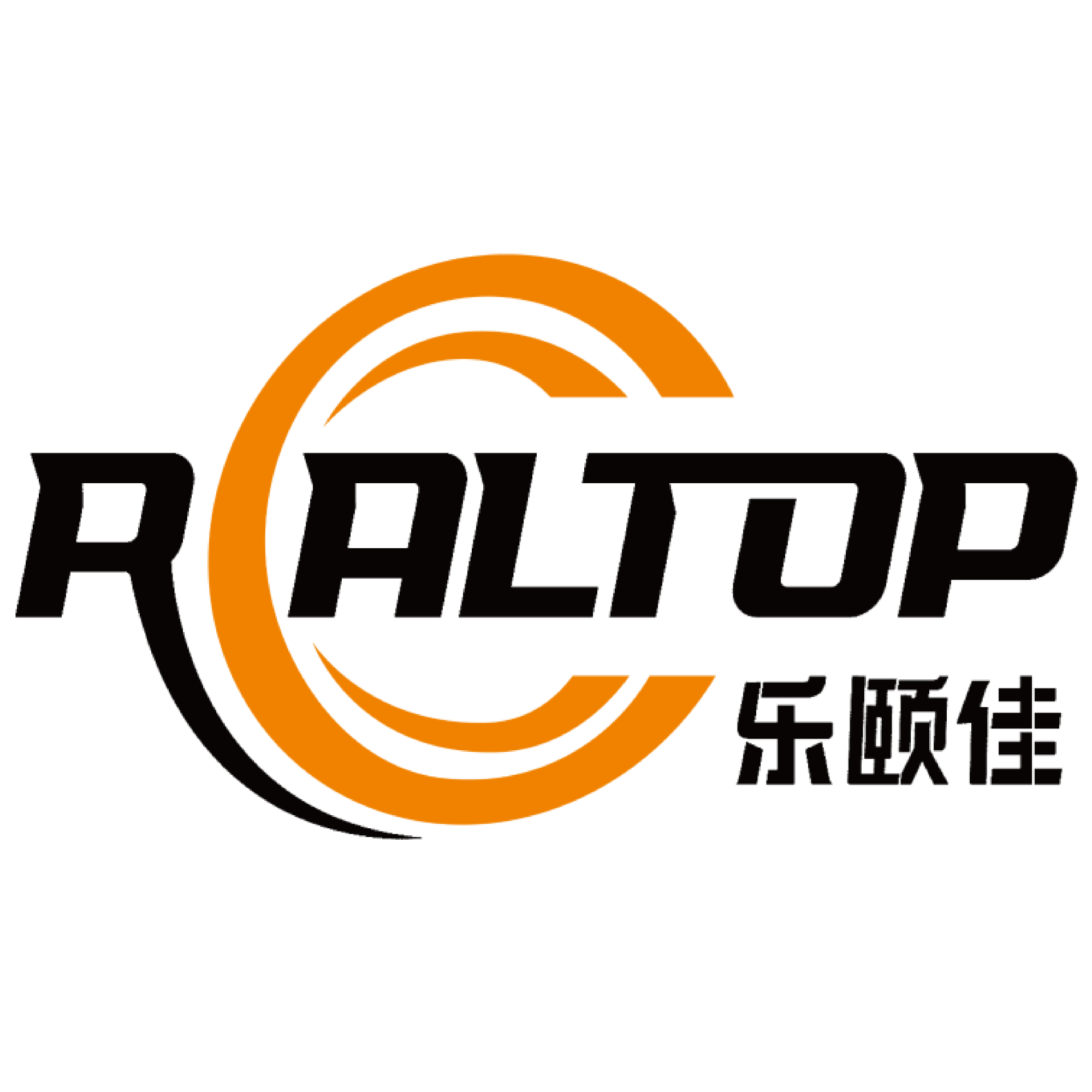Automating Textile Production with Industrial Cutting Systems
Reducing Manual Labor Through Cloth Cutting Automation
The textile industry has seen major changes in how fabric gets cut thanks to automation technology. When companies start using automated cutting systems, they typically notice better efficiency and more consistent results across their production lines. Modern cutting machines can now tackle intricate designs and unusual shapes that would have taken hours of work from skilled human operators back in the day. According to recent market data, many manufacturers report around a 30% drop in labor expenses after switching to automated cutting solutions. Plus there's another benefit nobody talks about much these days but is just as important safety improvements. Automated systems eliminate those dangerous blade-related accidents that used to be common when workers handled sharp tools manually for long periods.
Continuous Operation with Rolling Fabric Cutters
Rolling fabric cutters work great for non-stop operation, letting factories churn out lots of product without stopping mid-job something that really matters when trying to keep workflows running smoothly. They handle big fabric rolls with ease, which makes all the difference for garment manufacturers or upholstery shops dealing with massive orders from retailers. When businesses install these cutting systems, they generally see their production numbers jump significantly. This boost helps manage inventory better too since there's less chance of running short on materials during rush periods. Some industry reports show that plants switching to continuous cutting can actually double their output compared to older manual methods. For anyone in textiles looking to get more done in less time while keeping costs down, this kind of equipment is worth serious consideration.
Precision Engineering for Error-Free Output
Oscillating Knife Technology in Complex Designs
Oscillating knife tech gives really impressive accuracy when working on detailed cuts and complicated patterns, which makes it great for all sorts of complex design work. Unlike older techniques, these machines have blades that move back and forth super fast, creating much cleaner edges while keeping fabrics from getting all frayed up around the edges. Industry numbers actually show something pretty cool too - companies using these machines tend to waste about 20% less material overall, so they save money in the long run. What's even better is how versatile they are. These knives can handle stuff other than just fabric too. Foam products, certain types of composite materials, even some plastics work well with them. That means manufacturers across many different industries can benefit from this technology rather than being limited to just one sector.
Laser-Guided Accuracy in Fabric Cutting
Fabric cutting machines guided by lasers have changed how precise manufacturing works these days. Instead of traditional methods, these machines use laser beams to outline exactly where cuts should be made, so each slice hits the mark every time. The benefits are pretty clear: less wasted material means lower costs, and the finished items just look better because all those edges come out sharp and neat. Factories that switched to this tech tell us they're getting way better results from their materials while mistakes happen less often, which makes quality checks much easier overall. Some research indicates these laser systems can get as accurate as 0.1mm in their cuts. That kind of precision matters a lot in luxury fabric work, where even tiny imperfections stand out like sore thumbs on expensive garments.
Optimizing Material Usage Through Smart Nesting
AI-Driven Layouts for Minimal Waste
Nesting software powered by artificial intelligence is changing how manufacturers approach fabric cutting operations. These systems create detailed cutting plans that maximize material usage across different textile types. When we look at actual shop floor results, companies report cutting down on fabric scraps by around 30% after implementing these tools. The software analyzes everything from pattern repeats to fabric grain direction when figuring out where each piece should go on the cutting table. For garment makers dealing with expensive materials like silk or wool, this kind of precision makes all the difference in bottom line savings. Plus, with faster layout generation times compared to traditional methods, production departments can turn orders around quicker without sacrificing quality standards. Many textile factories have already seen their waste bins shrink dramatically since adopting AI-based nesting solutions last year.
Case Study: Gasket Cutting Machine Efficiency
Looking at some real world examples with gasket cutting equipment shows just how much better things can get when companies optimize their nesting approaches. When manufacturers started using better nesting software, they saw around 25 percent more efficient use of materials while also cutting down on how long it takes to produce each batch. This particular research highlights why spending money on good tech pays off handsomely, both in terms of getting more work done faster and creating less scrap which is obviously better for the planet. What's interesting is that similar results might be possible across different parts of the textile sector too. Many factories are already experimenting with these kinds of digital tools, suggesting there's real room for improvement throughout the entire industry if companies are willing to make the switch.
Accelerating Production Timelines
High-Speed Cutting Mechanisms
The textile manufacturing sector has seen major changes thanks to high speed cutting equipment that cuts down on production time dramatically. These modern machines use advanced motor tech to get much better accuracy and cut materials at speeds way beyond what old school methods could manage. Some research shows factories that switch to these fast cutting systems often see their production rates jump around 40 percent compared to older techniques. Beyond just making more products faster, this kind of technology lets manufacturers respond quickly when customer needs change, which means they stay competitive in an ever shifting market place without breaking a sweat.
Impact on Order Turnaround Times
Faster cutting processes make a real difference in how quickly orders get turned around, giving businesses the ability to hit tight deadlines and keep customers happy. With better cutting tech, companies can handle bigger orders much quicker too, which helps them stand out from competitors in the textile sector. Some studies indicate that shops adopting these new methods see about a 30 percent boost in on-time deliveries, something customers definitely appreciate when they want their custom fabrics fast. The truth is, without staying ahead with cutting edge technology, textile manufacturers risk falling behind in an industry that changes faster than ever before.
Digital Integration from Design to Cutting
CAD/CAM Systems in Workflow Synchronization
CAD CAM systems have changed how manufacturing works by bringing together design and actual cutting into one process. Manufacturers find that these digital tools really cut down on wasted time compared to old school methods where things often got delayed. When moving from drawing board to factory floor, everything happens much quicker now. Some industry folks claim products hit market about 20 percent sooner when using integrated systems like this. That kind of speed matters a lot in competitive markets where being first can mean winning big. Plus, since CAD CAM offers such tight control over dimensions and specifications, there are fewer mistakes made during production runs. Factories actually stick better to their schedules because they don't have to fix as many problems mid stream.
Real-Time Prototyping Reduces Sampling Phases
Real time prototyping really shakes things up in manufacturing circles these days. Companies can now whip out product samples much faster than before for getting approvals. Traditional methods used to take forever through all those sampling stages, but now businesses can tweak designs on the fly when necessary, making decisions happen a lot quicker. The whole system cuts down on wait times so manufacturers aren't stuck waiting around when market trends shift or customers give feedback. Some firms actually saw their sampling periods cut in half after switching to this method, which means clients get to weigh in sooner rather than later. Beyond speeding up development, this technique builds stronger relationships with clients too since they feel more involved throughout the process. Overall, it creates a manufacturing environment that's just plain more adaptable to what's happening in the real world right now.
Sustainable Efficiency in Textile Manufacturing
Energy-Efficient Cutting Machine Operations
Cutting machines that save energy use less electricity without sacrificing performance, helping textile factories cut down on their running expenses. Take industrial fabric cutters and those oscillating blades for instance they eat up way less power compared to older models. Factories that switch to these newer machines often see around 25% less energy usage, something that really matters when companies want to hit those green targets. Beyond just saving money on bills, these efficient systems slash carbon emissions too, making production lines greener overall. Customers today care more about environmental impact than ever before. When shoppers notice a brand using eco tech, they tend to look at that company in a better light, which builds trust and loyalty in the long run.
Waste Reduction Supporting Eco-Friendly Goals
Cutting down on waste is really important if textile manufacturers want to hit their green targets since it keeps their operations in line with what's good for the planet. When companies invest in better equipment such as automated cloth cutters or those fancy fabric rollers, they end up with way less leftover scraps lying around. According to industry insiders, factories that take serious steps toward managing their waste properly often see cuts of around 30 percent in what gets thrown away. Beyond just following rules and regulations, this focus on waste matters resonates with customers who care about the environment too. Companies that make an effort here tend to build stronger reputations among shoppers looking for responsible brands. So pushing for less waste doesn't just help protect our world, it actually gives businesses a competitive edge in today's marketplace where sustainability counts for so much.
 EN
EN
 AR
AR
 FR
FR
 DE
DE
 IT
IT
 KO
KO
 PT
PT
 RU
RU
 ES
ES



